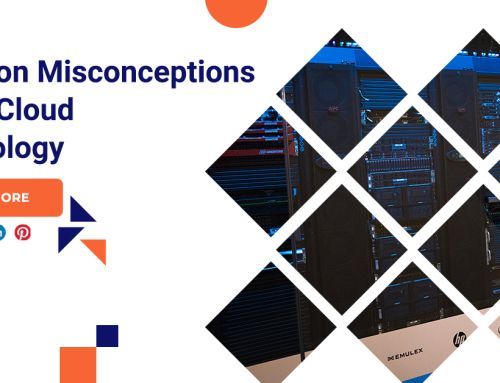Cloud Migration: When, Why And How?
Cloud migration is when a company moves some or all of its data center functions to the cloud, typically to run on cloud infrastructure provided by a public cloud service provider such as AWS, Google Cloud, or Microsoft Azure.
Cloud migration
Main challenges of migrating to cloud
Migrating large databases
In order for databases to work in the cloud, they will often need to be moved to another platform. Moving a database is difficult, especially if there is a large amount of data involved.
Data integrity
After the data is transferred, the next step is to ensure the integrity and security of the data and its leakage during the process.
Continuity of operations
The business must ensure that its current systems remain functional and available throughout the migration. There will need to be some overlap between on-premises and cloud to ensure uninterrupted service.
How does on-premises cloud migration work?
Set goals
What performance gains does the business want to see? Setting goals to measure helps the business determine whether the migration was successful or not.
Data replication
Select a cloud provider and replicate existing databases. This should be done continuously during the migration process to keep the cloud database up to date.
Move business intelligence
This may involve refactoring or rewriting code. It can be done in parts or all at once.
Conclusion
In conclusion, cloud computing is a recent new technological development that has the potential to have a great impact on the world.







